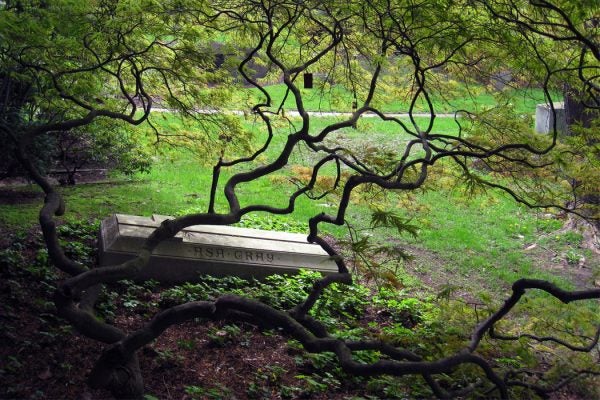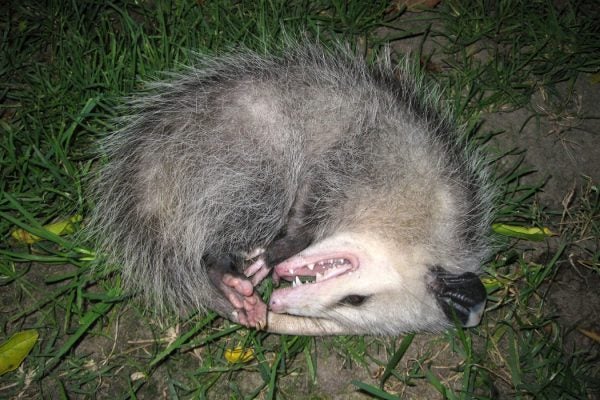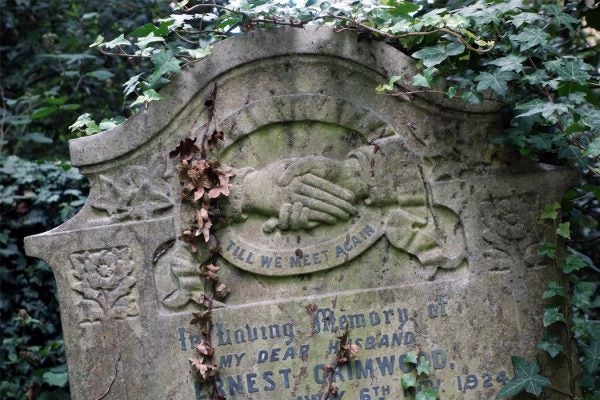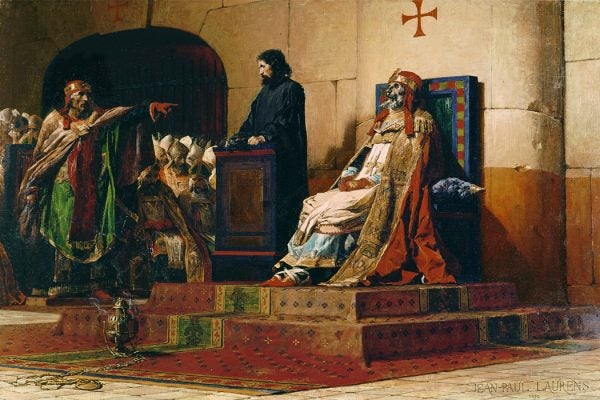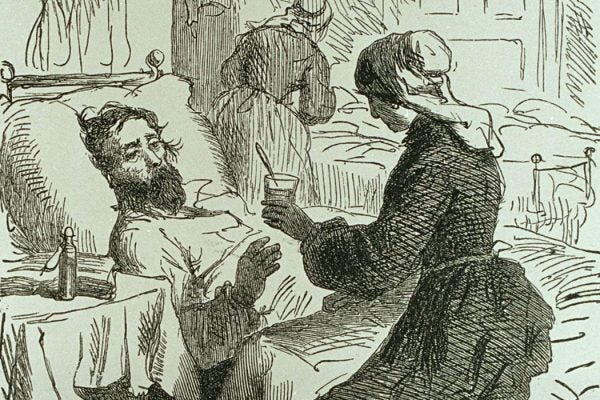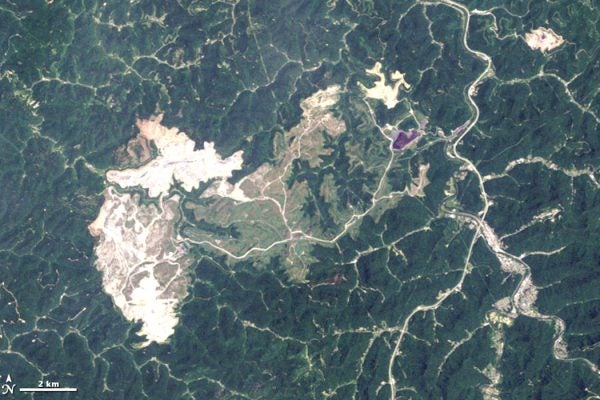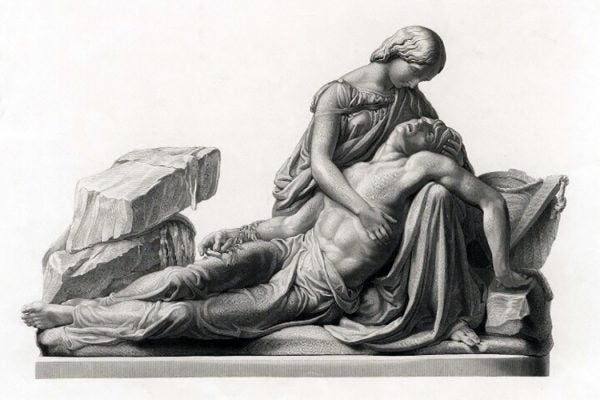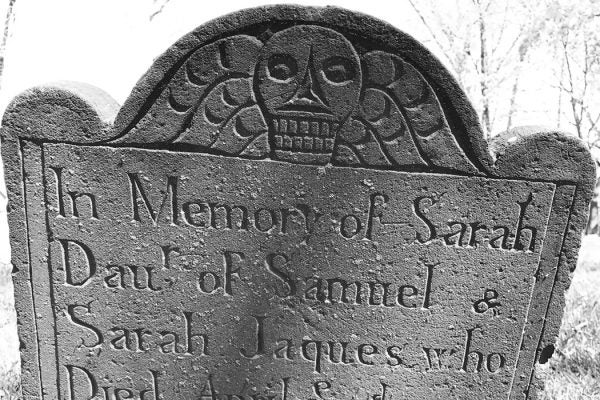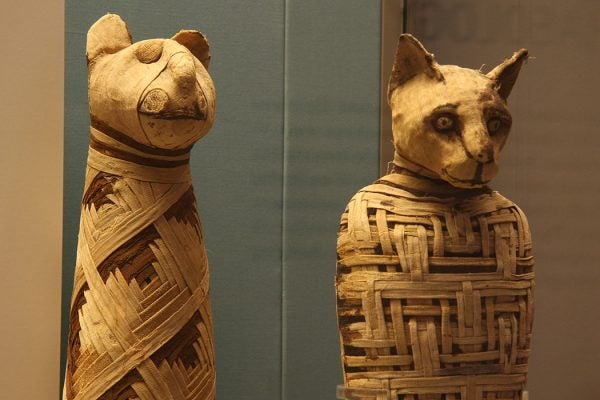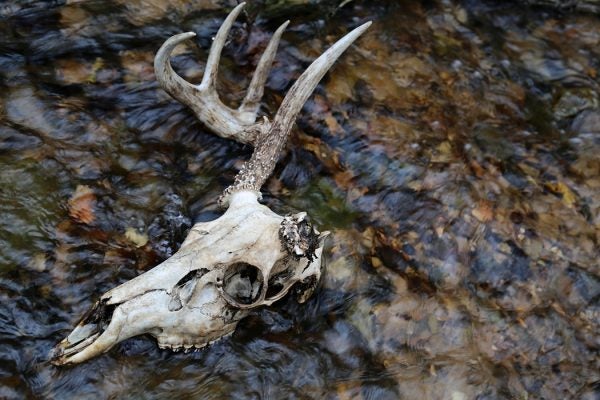When Cemeteries Became Natural Sanctuaries
In the 19th century, bucolic, park-like cemeteries started cropping up on the outskirts of American cities.
The Biology of Death-Feigning
Some animals, when faced with predators, play dead instead of trying to escape. But for death-feigning to work, a lot of things have to go well.
The Cemetery Symbol of Eternal Love
Why did Victorian-era gravestones include so many images of clasped hands?
The Cadaver Synod: Putting a Dead Pope on Trial
Why did Pope Stephen VI go to such great lengths to destroy an enemy who was already dead?
When Death Was Women’s Business
In the 19th century, women called "watchers" tended to the dying and the dead.
When Mining Destroys Historical Cemeteries
Mountain top removal mining brings with it total ecosystem destruction. It also erases history by destroying historic mountain cemeteries.
Mary Shelley’s Obsession with the Cemetery
The author of Frankenstein always saw love and death as connected. She visited the cemetery to commune with her dead mother. And with her lover.
Funerals Once Included Swag
In eighteenth-century New England, funeral attendees went home with funeral tokens–usually a pair of gloves or a ring that declared their sorrow.
How Ancient Peoples Fed the Dead
4,000 years ago in what is now Jerusalem, someone was buried with a jar of headless toads. In fact, many ancient graves included food for the afterlife.
The Ecology of Death
In nature, death creates its own unique ecosystem. These carcass-based mini-ecosystems are extremely dynamic.
